In February 2022, Ray Strong kindly lent the AMHF his extensive collection of official race results for scanning by Rod Chivas. Ray ran a successful mechanical repair business and started racing in the ex-Spencer Martin ‘Triumph Special’. He then went on to score many wins in an Elfin Mallala and later a Chevron B8 BMW sports car. Later, Ray was offered a Lola F5000 drive, but business interests took precedence. As you will read, he also owned many Triumphs. This story was written by his proud son Keith with help from Dad. Ray, now a spritely 88, lives in Berry, NSW. This story is an edited version of an article first published in the Triumph Club’s Trumpet magazine.
My journey into the world of Triumphs began with a ’52 Triumph Tiger 100 Twin. I probably should have stopped with the bike, sparing my wallet from the impending financial rollercoaster. But my passion for motorsport beckoned, leading me to four-wheel adventures that would shape our family’s automotive history.
Motivated by a need for speed, I bought a race-ready ‘special’ from Peter Williamson Toyota, the Liverpool, Sydney Toyota dealer. Ray remembers it cost ‘under 1000 pounds’. I drove home triumphant, knowing this unregistered special was a creation by Spencer Martin, twice-Australian Gold Star champion (1966 and 1967). I passed through a police-attended major festival without a hitch. Cautious not to push my luck, I promptly built a trailer for future events.
Purchased during the release of Triumph’s Herald model, this car, affectionately named the ‘Herald Special’, became the backbone of our racing adventures. Built on a Nota chassis, it featured Standard Ten running gear wrapped in a KM fiberglass body. The 948cc engine underwent a transformation: the bore increased to take it out to 980cc, hand-turned extractors using the sand and forge technique of the day, and a 42mm Weber carburettor. The gearbox, now with a closer third gear, danced in tandem with a 4.875 differential.
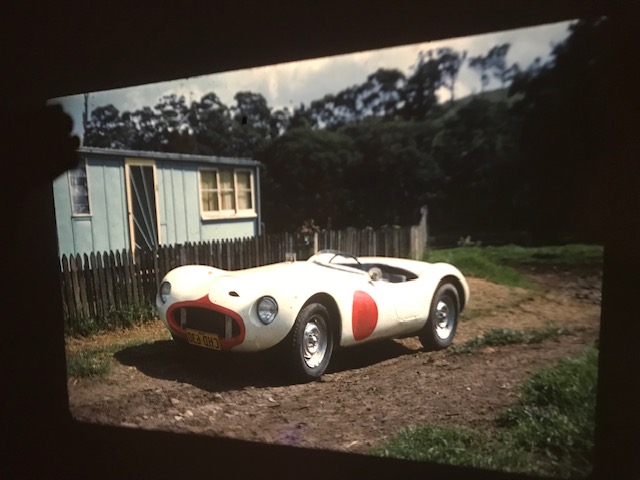
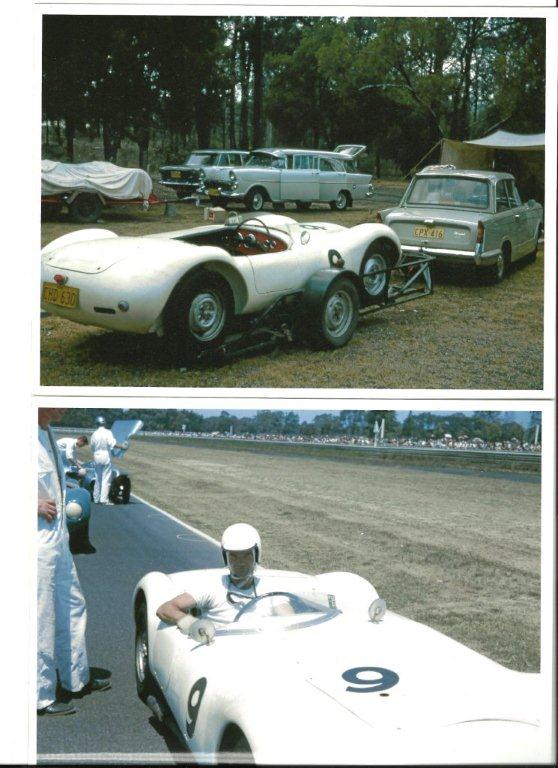
The ‘Herald Special’, became a force to be reckoned with, hustling the 1500cc entries on tracks like Warwick Farm and Oran Park, and Hillclimbs at Nowra and Silverdale. Its racing legacy lives on, now residing in the UK following an extensive renovation, found in a chook pen, and a transfer to Ford components at 1500cc.
Our family’s Triumph chronicles extend through various decades, with Herald Coupes marking pivotal points. The ’60s and ’70s saw the addition of two coupes, each with its own story. The 1970’s version, coupled with a sister car, underwent a meticulous rebuild, incorporating elements from the Herald racing car. A blend of heritage and innovation, this coupe boasted a mesh of original and racing parts, including a full-race cam, twin SUs, and hand-turned extractors.
The family fleet evolved with a Herald 1200 sedan, my first new car and our first family car. Towing race cars became a tradition, leading to larger vehicles like the Triumph 2000 and 2500. These cars, versatile as family tourers and tow cars, clocked countless miles in front of a Rice, fully enclosed, trailer with an Elfin Mallala inside, attending circuits and Hillclimbs across NSW.
My career as a mechanic intertwined with Triumphs during the Elfin racing years. Assisting Mal Weir, a friend, with his TR3A and TR5, both road-registered and competitive in Production Sports Cars, added another chapter to our Triumph legacy. The TR5, initially resistant to cornering with chronic understeer, underwent roll bar modifications which allowed it to lift a wheel triumphantly and regularly, so it was successful on longer circuits.
A brief hiatus ensued as our family explored the realm of Blue Ovals, from workhorses to exotic models like the XW GT, Landau, and ’55 Mainline ute, the first with the ohv V8.
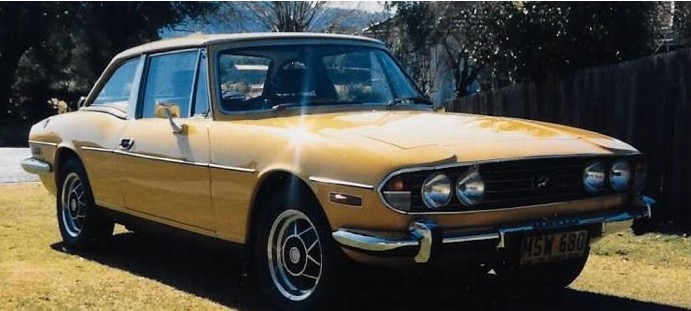
Yet, the allure of Triumphs remained, and as the family matured, the iconic peak cap and a Stag joined the fold. Purchased in Sydney, the Stag faced a hiccup just 20 miles from home – an engine seizure. Undeterred, I aimed to keep it as close to stock as possible, tackling overheating issues head-on with an engine rebuild and water pump experiments, alongside a radiator replacement to tame the overheating issues endemic to this remarkable motorcar. With the overheating issues solved, it was one of the best touring cars Ray ever drove.
Most readers and enthusiasts will have thought that was enough Triumph. At this point, however, the journey had only just begun. I decided to shake things up a bit – sold my workshop, downsized to the home garage, and surrounded myself with mates and metal. The empty shed quickly found a new purpose, housing a weathered Mk1 GT6 that looked like it had seen better days.
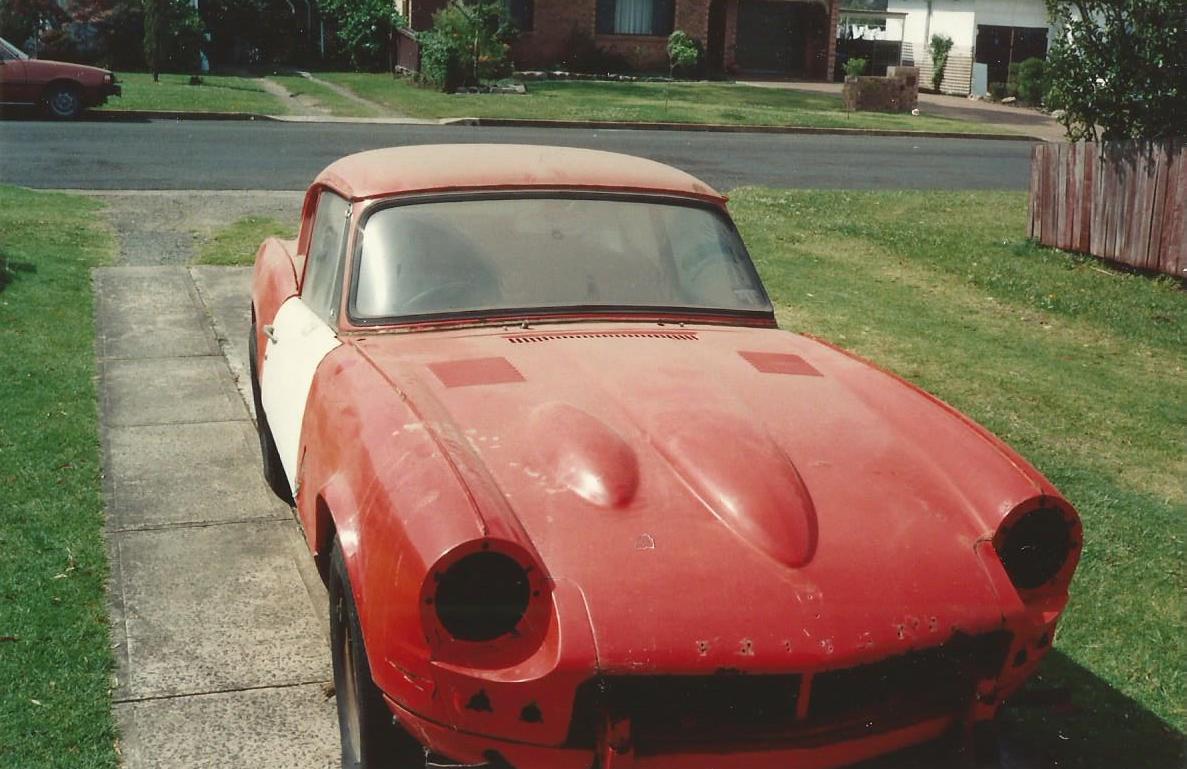
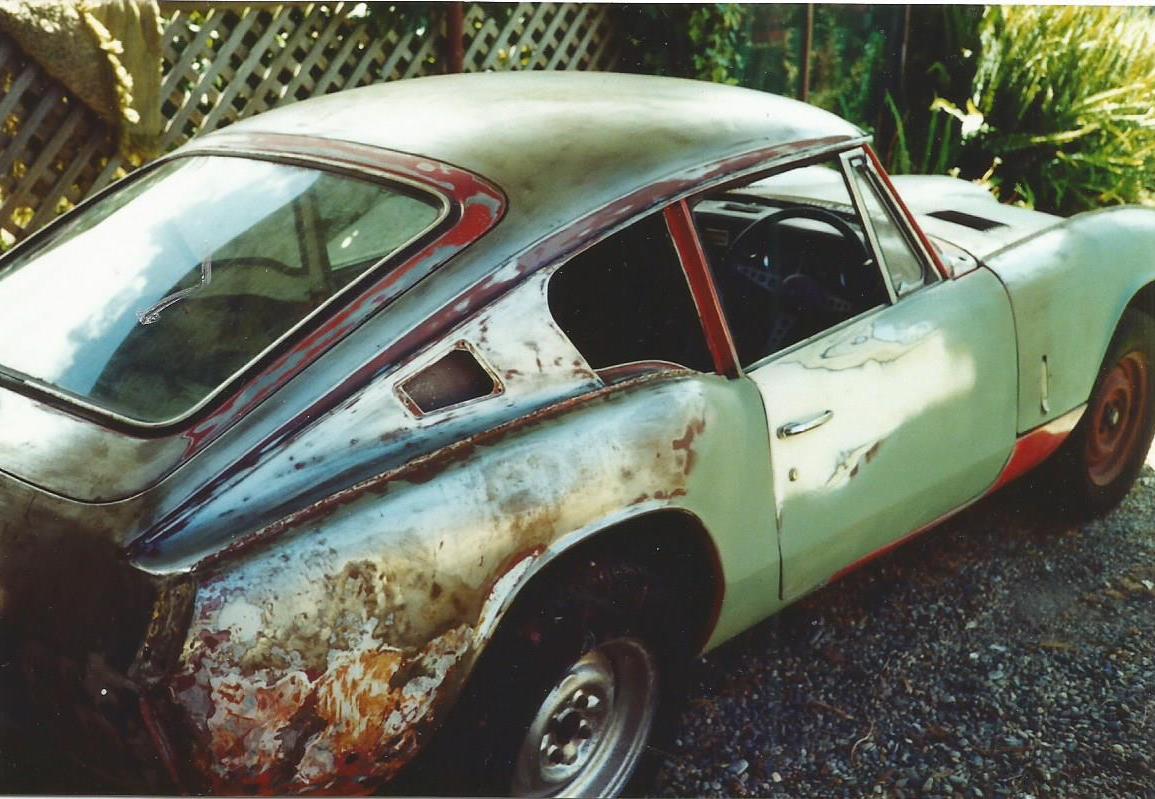
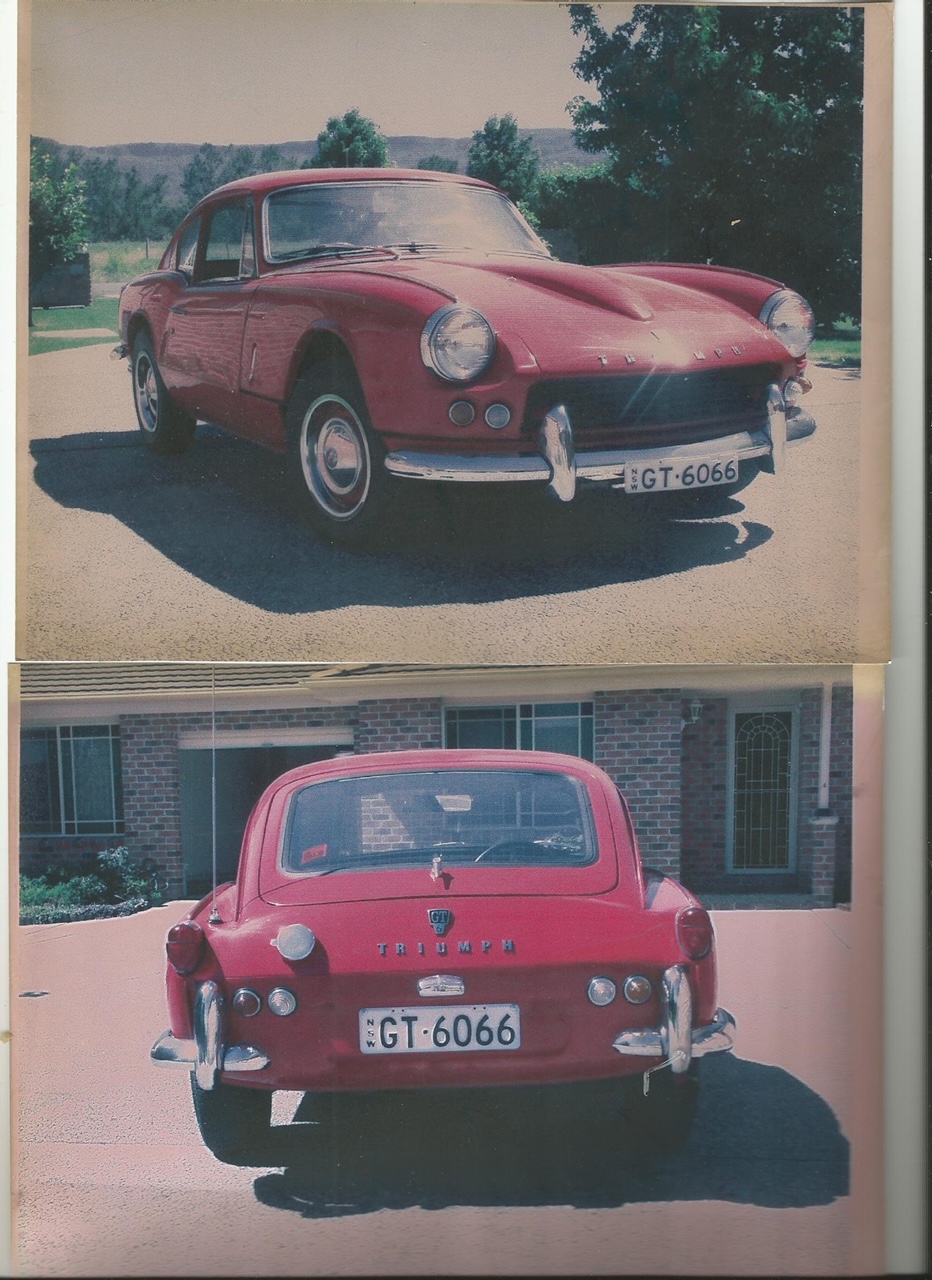

What followed was a ground-up rebuild, a labour of love and countless hours. The bodywork, extensive and challenging, required a skilled hand. The rear quarter had a run-in with fate in its earlier life, and some daring individual had added a power bubble to the bonnet – a feat that took some serious effort to remove. After multiple years of dedication, it found a new owner, someone else caught in the dream of reviving this vintage beauty. His story mirrored mine with cars – two trips to Tasmania and passing it on to another enthusiast who couldn’t resist making it his own on the spot.
At this juncture, a modernized outlook beckoned, leading to the purchase of a TR7. It was a bit rough around the edges, requiring some tender loving care. After investing time and effort to bring it back to life, I proudly displayed it on the forecourt of the local service station, which I once owned. Almost instantly, a fellow with cash to spare drove off with it – another lost soul succumbing to the allure of the TR7. This project, a decade in the making, slipped through my fingers before I could truly relish the fruits of my labour. What does one do in such a situation? Naturally, I did what any true Triumph enthusiast would – and bought another TR7.

This one was a bit tragic, complete with a Targa roof and its own set of challenges. Over the next seven odd years, it underwent a transformation, evolving from a bit of a project into a bona fide thing of beauty. Then, as fate would have it, whispers through the grapevine reached a keen enthusiast who showed up on my doorstep, expressing a keen interest in taking the TR7 off my hands. With the bride at my shoulder, brandishing a knife (metaphorically speaking, of course), how could I say no? And so, the TR7 found a new home, continuing its journey in the hands of yet another passionate soul. The cycle of Triumphs, it seems, is an unending dance between enthusiasts and their cherished machines.
Many readers likely share similar stories of triumphs and tribulations. Our family, too, cherishes the countless hours spent touring in these iconic vehicles, creating memories that endure beyond the winding roads and racetracks. Triumphs have not just been cars; they’ve been companions on a journey through time, leaving an indelible mark on our family’s automotive saga.
Excerpt from 1971 Hardie Ferodo 500 Official Program Mt Panorama, Bathurst.
“Quiet spoken Ray Strong, a sports car specialist with circuit racing and hill-climb successes built up over more than ten years of competition, makes an interesting partner for Mal Brewster, although this will be Ray’s first 500. Both drivers are fast and neat, and their combined experience and professional car-tuning knowledge will stand them in good stead. Ray’s current sports car, an Elfin Mallala, has been progressively developed under his care, and before the Mallala came along he had one of the fastest Herald-engined specials in Australia.”

But the car they drove to finish third in class was not a Triumph, but a Holden Torana GTR.
Ray Strong – Father/Mechanic/Driver
Keith Strong – Historian and Polisher (Eldest son)

